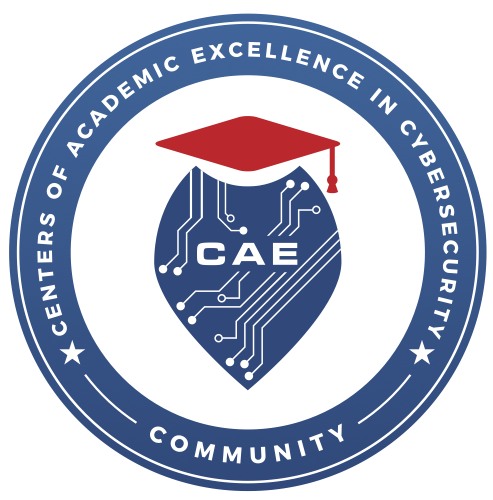Home | Advancing Technology Degrees | Game Art and Animation
Bring to life your vision of how games should look, move and feel with a degree in Game Art and Animation from University of Advancing Technology (UAT). It’s a new world of game creation that propels an exciting new realm of interaction and creativity that elevates the player experience. Make your mark in the game industry by combining the power of art and technology.
Students in the Game Art and Animation program will gain insight into what is involved at all levels of game development to create 2D and 3D art and animation assets for multiple video game platforms such as PC, console, mobile, online and virtual reality. Students will master the artistic principles used in video game art asset creation, such as color theory, lighting, shading, anatomy, perspective and scene staging. Game Art and Animation students will show mastery in low- and high-polygon modeling, texturing, rigging, framing and motion capture animations.
Graduates will be prepared for jobs such as character artist, modeling and texture artist, character animator and rigger, environment texture artist and digital modeler.
Check out some of this semester’s Game Art and Animation courses and gear up for fresh challenges. Unlock new skills and power up your education.
Game Art and Animation is built on a foundation of drawing, graphic design and art. This course is designed to build that foundation allowing the student to build a base of visual communication and artistic theory. Concentrations on composition, color, drawing, observation and traditional design allow the student to develop a personal aesthetic and style linked to sound artistic principles. This course uses both traditional and digital techniques to create a basis for Game Art and Animation projects.
This course introduces the student to industry standard 3D game art and animation for video games. Students will recognize, differentiate, analyze, and create game art assets that are used in 3D game projects. Areas of emphasis include: game art, concept, box modeling, UV unwrap, texturing, rigging, animation, rendering, and development of an online portfolio.
This class will explore modeling game environments and special effects using different industry standard modeling procedures and will discuss when each is appropriate. Students will study organic and hard surface modeling. Areas of emphasis include: sculpting tools, box modeling, Boolean, lofting, modifiers and deformers. Students will complete exercises that build toward a final project.
This course will explore modeling game characters and vehicles using various industry standard modeling procedures and will discuss when each is appropriate. Students will study organic and rigid surface modeling techniques and pipelines. Areas of emphasis include: Polygon, Sub-division, and NURBS surfaces with sculpting tools, box modeling, extruding, lofting, modifiers and deformers. Students will complete exercises that build toward a final project.
Students will explore procedural and non-procedural materials, textures and shaders as they immerse themselves in the creation of natural surfaces for game engines. Proper lighting techniques for game environments and material shaders will be examined. The application of materials and specialized mapping techniques to achieve realistic surfaces for game art assets will be emphasized.
This course will build on the student’s skills in creating interactive and visually compelling menus and HUDs as seen in today’s high-profile titles. The student will script design solutions and problem solve communication issues using industry standard 2D and 3D UI animation software and scripting tools. Assignments will emphasize the visualization and creation of interface transitions with stylish animation.
Educating the next wave of innovators, our faculty leverage their experiences to mentor students to lead innovations and solve challenges in advancing technology.
UAT’s Synchronic Learning model provides an education framework that prepares superior graduates to become tomorrow’s innovators. This model embodies UAT’s methodologies, curricula and community dedicated to fostering an environment of innovation that promotes demonstrated mastery and job readiness.
How does UAT prepare superior graduates? Students are required to participate in projects that solve real problems. UAT requires students to innovate and create a working proof of concept that’s never been done before. Students complete internships, community projects and apprenticeship experiences to cultivate their ability to succeed in the workplace.

Network Security curriculum certified by the US National Security Agency's Information Assurance Courseware Evaluation program
